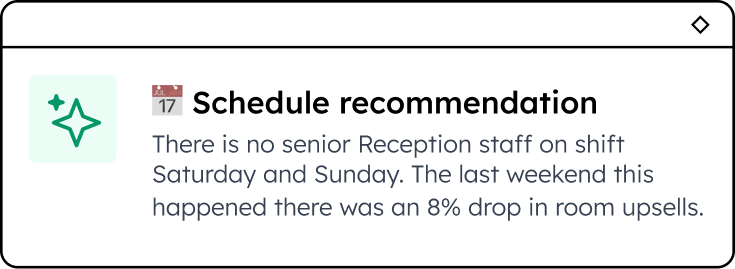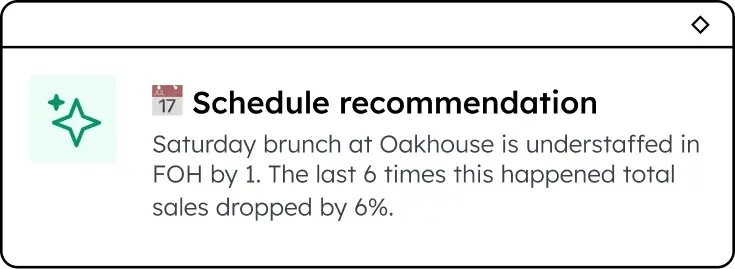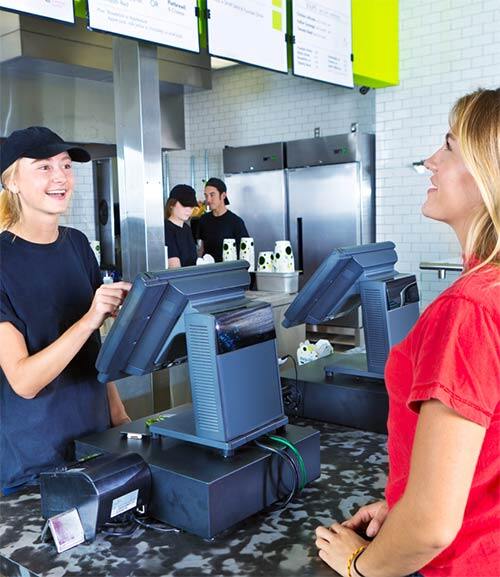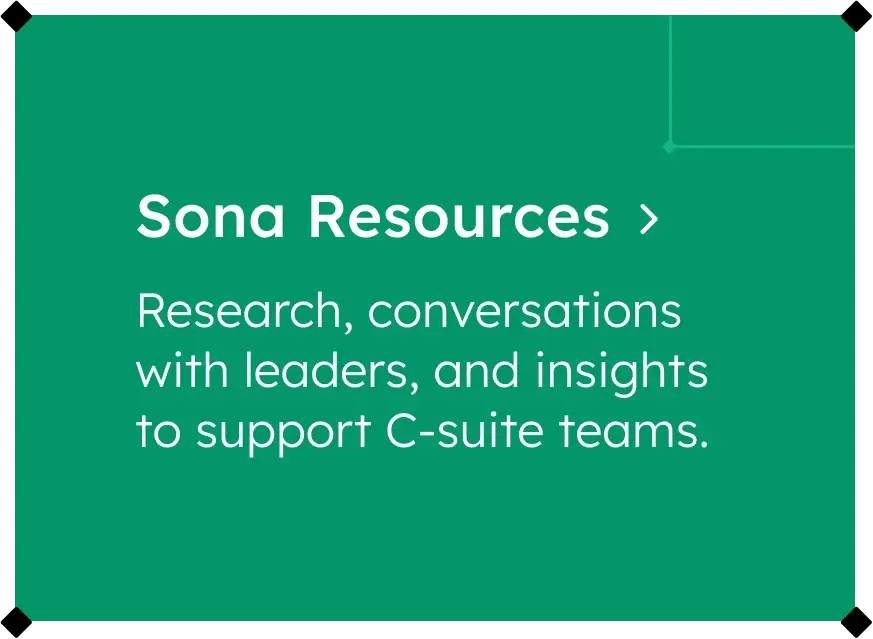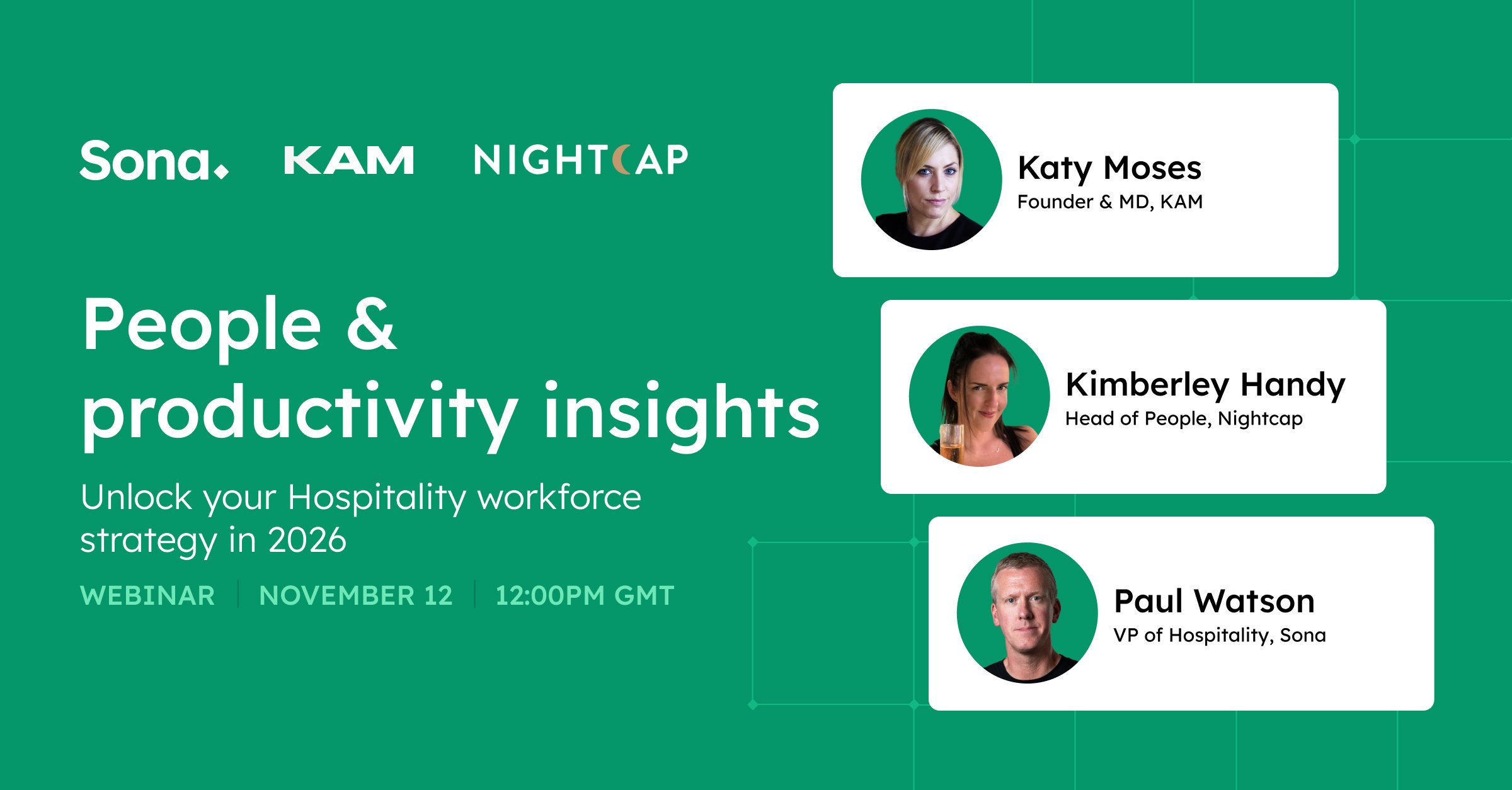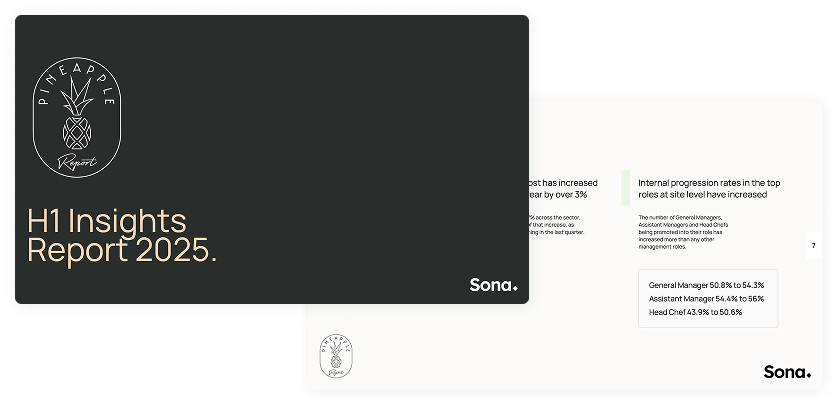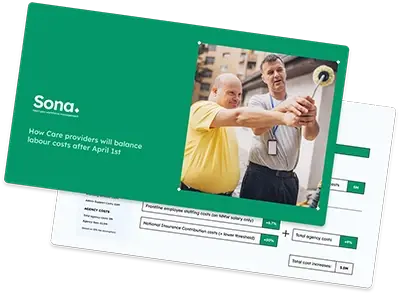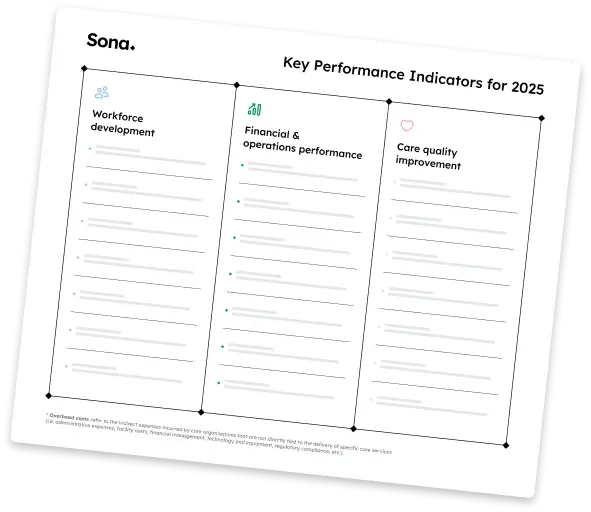Insight, Social Care, Retention
Creating a culture of staff recognition in social care
"I'm tired of giving my love. And getting nowhere, nowhere" sang Robin S in her 90s crossover hit Show Me Love.
6 minute read
Care providers need to show their people love to survive and thrive in a competitive labour market. Lack of recognition is one of the biggest causes of preventable staff churn in social care.
The impact something as simple as saying "thank you" can make within your organisation should never be underestimated.
In this article, we explore the benefits of employee recognition and look at ways for care organisations to ensure team members feel appreciated.
Why is employee recognition important in social care?
Improved staff retention
We've written at length about staff retention, and we'll continue to do so - because it's so important right now. Our Rethinking Retention research highlighted the strong link between recognition and retention. 92% of respondents to our survey said they want more recognition from management.
No surprise, then, that lack of appreciation is one of the most common reasons care employees quit and leave the sector.
Showing your staff you value them is one of the highest impact things you can do to reduce your labour turnover. After all, a regular 'well done' or 'great work' costs nothing!
Higher employee engagement
Improving employee engagement results in a wide range of organisational benefits. As well as higher productivity and lower turnover, other important outcomes in health and social care settings include fewer staff and patient safety incidents.
Recognising and rewarding staff for their efforts creates a stronger emotional bond between them and their employer, making them more committed to their work. It also helps to reinforce the organisation's values.
As a result, employees who feel appreciated are 2.7x more likely to be highly engaged at work. In addition, 72% of business leaders say recognition significantly impacts employee engagement at their companies.
Increased productivity and better work
This virtuous circle of recognition and engagement produces more productive, effective workforces.
Great Places to Work found that recognition was the most important driver of great work, and it wasn't even close. Here are the top three drivers of high performance at work:
-
Recognition - 37%
-
Self-motivation - 13%
-
Inspiration - 12%
Employees won't be willing to go the extra mile for you if they feel it's a thankless job.
A stronger employer brand
Most job candidates will research your organisation through internet searches and social media. In the digital age, anyone can learn how your staff feel (or felt) about working for you.
Recognition and rewards programmes can turn that into a competitive advantage.
Motivated, engaged employees are more likely to respond to questions about their day - or if they like their job - in a positive manner. They're also more likely to encourage friends and contacts to consider working for you.

According to a study by RewardGetaway, almost 75% of employees said a simple “thank you” would increase their morale and make them feel more motivated.
How can care organisations create a culture of recognition?
Change starts at the top
The most powerful way to communicate to everyone that recognition is an important part of the culture is for leaders to consistently model the behaviours they want others to adopt.
Giving a presentation? Make a point of acknowledging those who helped you pull it together or whose work you are discussing.
Holding a 1-1? When the meeting wraps up, go out of your way to thank them for their hard work.
You could also consider making recognition an explicit part of your organisation's core values.
Embrace storytelling
Research has shown that when we learn through stories we retain the information more accurately and for longer. Plus, it's more fun!
If you want the recognition habit to spread quickly through your organisation, find ways to showcase the impact it's already having to your teams.
Note down interesting anecdotes so that you can share them later, whether that's simply re-telling the story to other colleagues, including them in emails or other internal communications channels, or posting them to social media.
Create capacity
For stretched managers and team leads it can be easy for recognition to fall to the bottom of a long to-do list. Care workplaces are busy, high-pressure environments where patient safety and care always have to come first, so it's understandable.
In order for recognition to be a true priority, it's the organisation's responsibility to ensure that managers and team leads are given the time they need to look after all aspects of team management, including giving regular feedback which includes positive reinforcement.
Our experience suggests it's highly likely that they are spending too much time on tasks that could either be automated or significantly sped up by readily available technology. Sona exists to do exactly this so managers can be freed up to focus on their teams rather than doing manual data entry or sitting on the phone trying to fill shifts.
And we've just gone one step further. Managers now have the option to send personalised messages of appreciation to staff from their admin view. Staff get an instant Sona app notification with that message of thanks or praise. It's just another way we're helping providers solve the industry's current staffing challenges.
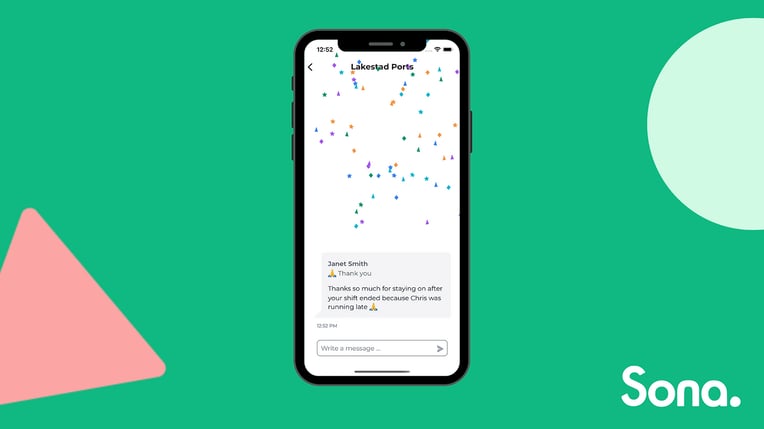
3 simple ways to recognise your employees
1. Get social
One of the other challenges when it comes to recognition in care settings is that not everyone is around at the same time or even working in the same place. So it might not always be convenient to say thanks face to face.
Make use of communications apps and social media to give either private or public shout-outs to your team members. WhatsApp, email, LinkedIn - it doesn't matter; the message and the thought matter more than the channel.
However, for larger organisations in particular we can highly recommend looking into a dedicated digital platform for secure, efficient and engaging internal communication at scale.
2. Celebrate the small things
Recognition is more effective if it's timely, which isn't going to happen if it's left until the next annual review or quarterly results announcement.
Don't forget to track and celebrate smaller achievements and milestones too. Whether it's work anniversaries, birthdays, or a successful first shift in a new role, acknowledging these events shows your colleagues they matter.
3. Microgifting
"It's the thought that counts" may sound cliché, but rewarding great work doesn't always require grand gestures. A handwritten note or a small gift can make someone's day, and neither requires a budget request or a lengthy sign-off process.
What's more, a new wave of technology-infused benefits providers is making it easier for companies to reward employees for their contributions:
-
Huggg is a ‘micro-gifting’ platform that lets you send a treat direct to a colleague’s phone. A manager can 'buy’ a team member a coffee on Huggg, and that person receives a text message with a code they can redeem at Caffè Nero.
-
Through Each Person, managers get a pool of reward points that they can then use to reward their teams. Staff can choose whether to spend the points straight away or save up for bigger rewards. Many options are available - “from Apple and Amazon to Nike and Nandos”.
When it comes to making fast progress with improving employee recognition, little and often beats big and complex. We hope these quick tips can help you show your employees love!
Enjoyed this article? Let's stay in touch 👋
If you liked this article, why not subscribe to our newsletter to get the latest news and views delivered straight to your inbox?

